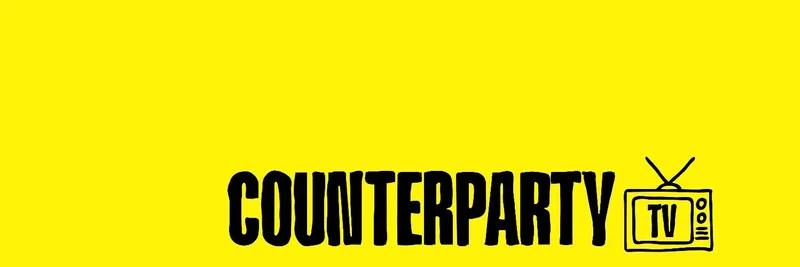The AI Productivity Revolution: What Edgar Pavlovsky’s Tweet Means for Workers
Late last night, at 04:27 UTC on August 10, 2025, Edgar Pavlovsky (@edgarpavlovsky) dropped a thought-provoking tweet that’s got people talking. He wrote, "i think about how much the output requirement for a marginal employee has gone up since AI every single day." This single line captures a growing concern in today’s workplaces: as artificial intelligence (AI) transforms how we work, the bar for employee performance is being raised higher than ever.
Why AI is Changing the Game
AI tools, like the ones powering ChatGPT or advanced robotic process automation (RPA) systems [mentioned on ibm.com], are making workers more efficient. According to a study from [nngroup.com], AI can boost productivity by up to 66% for tasks like writing business documents or coding. That’s a game-changer! Imagine finishing two days’ worth of work in just one—employers are starting to expect that kind of output as the norm.
For the "marginal employee"—someone who might be average or just meeting the minimum requirements—this shift is a big deal. With AI handling repetitive tasks or speeding up complex processes, the baseline for what’s considered "good enough" is climbing. As Noir (@Noir_Pulse_) replied, it’s like "trying to hit a moving target with a slingshot"—a perfect way to describe the challenge.
The Upside and Downside for Workers
On the bright side, AI isn’t just a taskmaster—it’s a helper. The [nngroup.com] research shows that less-skilled workers benefit the most, with AI narrowing the gap between top performers and beginners. This means more people can keep up if they learn to use these tools effectively. Plus, with AI automating boring stuff like data entry, employees can focus on creative or strategic work that machines can’t touch—yet!
But there’s a flip side. As [nexford.edu] points out, the World Economic Forum predicts AI could replace 85 million jobs by 2025, especially in retail and admin roles. For those who don’t adapt, the increased output demands could lead to stress or even job loss. Edgar’s tweet hints at this tension: AI is raising expectations, but not everyone is ready to leap that high.
What This Means for the Future
Looking ahead, the impact of AI on productivity isn’t slowing down. A [sciencedirect.com] study suggests that while the overall effect on GDP and employment might be marginal, inequality could grow as some workers thrive with AI while others struggle. In 2025, this could mean companies investing more in training programs to help employees level up their skills—or risk losing talent to the automation wave.
For blockchain practitioners and meme token enthusiasts (like those following [meme-insider.com]), this trend is worth watching. As AI reshapes industries, it could influence how decentralized projects operate, from smarter trading bots to automated content creation for meme coins. Staying ahead means embracing these tools while keeping an eye on the human side of work.
Final Thoughts
Edgar Pavlovsky’s tweet is more than just a casual observation—it’s a window into a workplace revolution. AI is pushing the boundaries of what employees are expected to deliver, and 2025 is shaping up to be a pivotal year. Whether you’re a worker, a boss, or a blockchain innovator, the key is to adapt. Start experimenting with AI tools, learn their limits, and find ways to stay ahead of that moving target. What do you think—can you keep up with the AI-powered pace?
Let us know in the comments or share your own experiences with AI at work! And if you’re curious about how this ties into the meme token world, check out our latest insights here.




